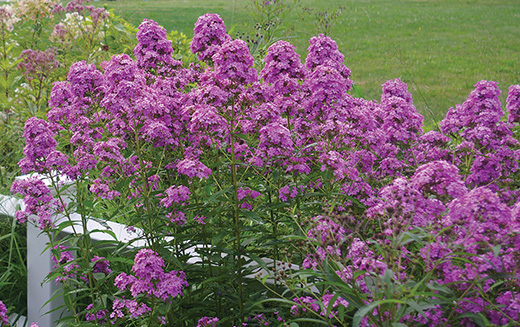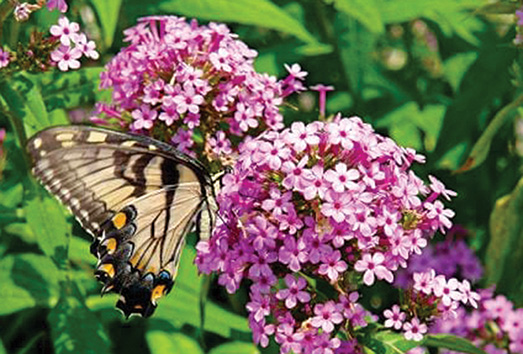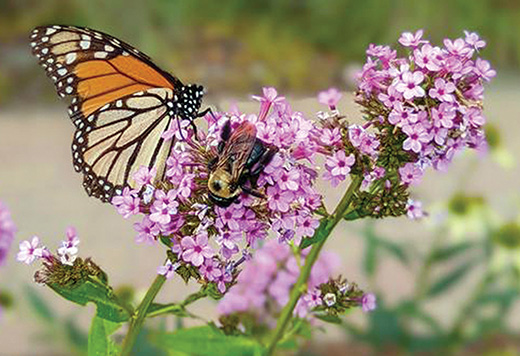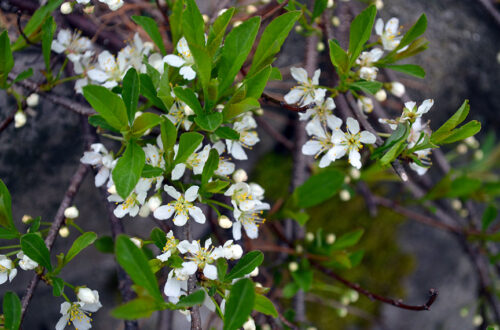Phlox paniculata ‘Jeana’ is the Perennial Plant Association’s Perennial Plant of the Year for 2024. ‘Jeana’ was named for Jeana Prewitt who found it growing along the Harpeth River near Nashville, Tenn.
Featured photo courtesy of Prides Corner Farms (pridescorner.com)
“I love Phlox paniculata ‘Jeana’ and it is my go-to variety in my garden designs,” says Nancy DuBrule Clemente from Natureworks in Northford, a longtime friend of the magazine. “It does attract tons of pollinators, especially tiger swallowtail butterflies galore. If you deadhead it, it blooms and blooms. It really is superior. The panicles are longer and more pointed which makes it distinctive.”

It’s resistant to Powdery Mildew and makes a good cut flower. The flowers are small but there are up to 100 per cluster. It’s long-blooming (mid-July through early September) and makes a good bridge between early- and late-flowering perennials.
“ ‘Jeana’ is a winner. Have had her for about 4+ years and divided her all over. Great color, no Powdery Mildew as advertised,” says Lorraine Ballato, one of our long-time writers. “Nice size, no need to stake, etc. Great for mid- to late-season color in part shade. We don’t have irrigation and she did just fine through two summers of extreme drought as well as the past wet summer.”

‘Jeana’ isn’t just a pretty face, it also has ecological value. The nectar supports butterflies (especially the Eastern Tiger Swallowtail – Papilio glaucus), skippers, hummingbirds, moths and other pollinators. Its nectar is no different from other phlox. On occasion, nativars can be more attractive to pollinators than straight species.
Here’s what Mt. Cuba had to say after a recent trial, “… we found ‘Jeana’ attracted more butterflies than any other garden phlox in the entire trial. With a top rank in both horticultural and ecological evaluations, Phlox paniculata ‘Jeana’ is hard to beat.”
Plant Data
• Hardiness Zone: 4-8
• Height: 3-5 feet
• Spread: 2-4 feet
• Bloom: lavender-pink and fragrant
• Light: full sun to light shade
• Soil: prefers moist, fertile, well-drained soils.
• Individual florets are one-half to three-quarter inches wide and held in 6-8 inch clusters
• Each floret has five lobes
• Leaves are veined, opposite, pointed, elliptic, deep green leaves up to 4-6 inches long
• Cold hardy
Maintenance
Divide clumps every 3-5 years in spring. Deadheading promotes continued bloom. Thinning out stems to improve air circulation helps guard against mildew.





